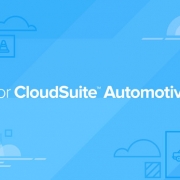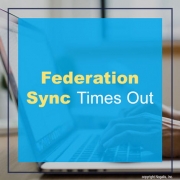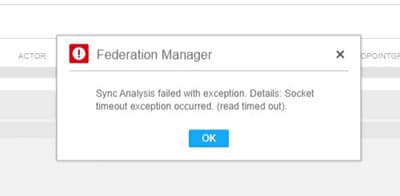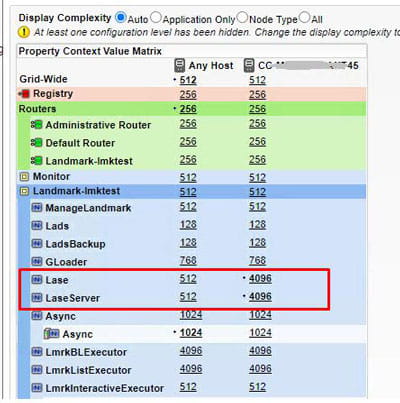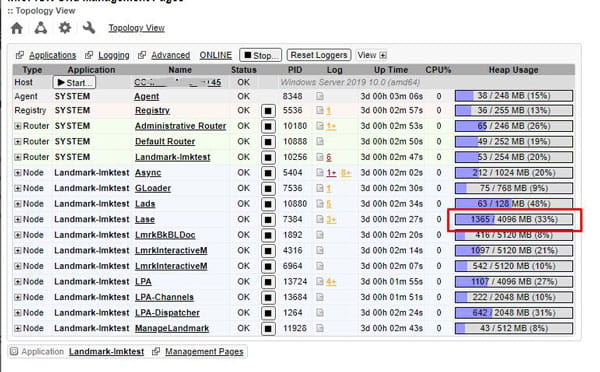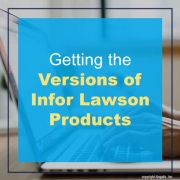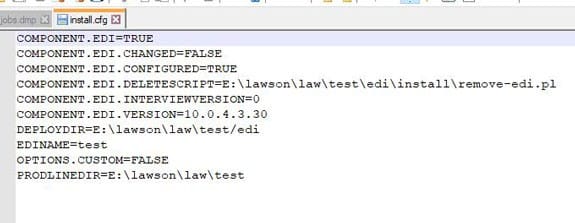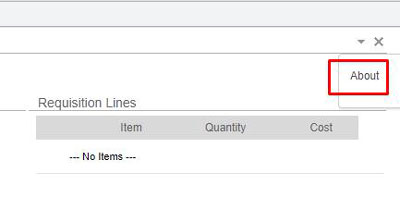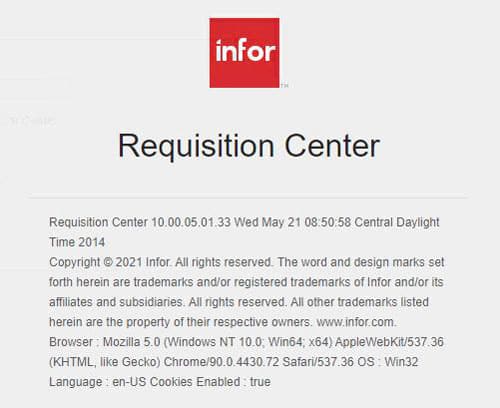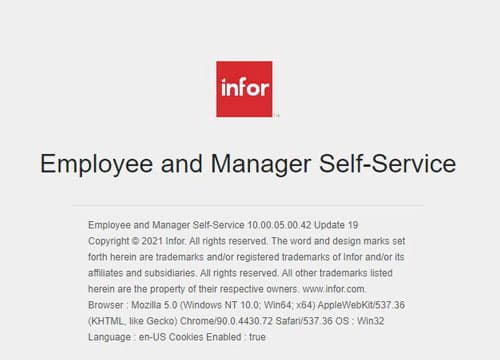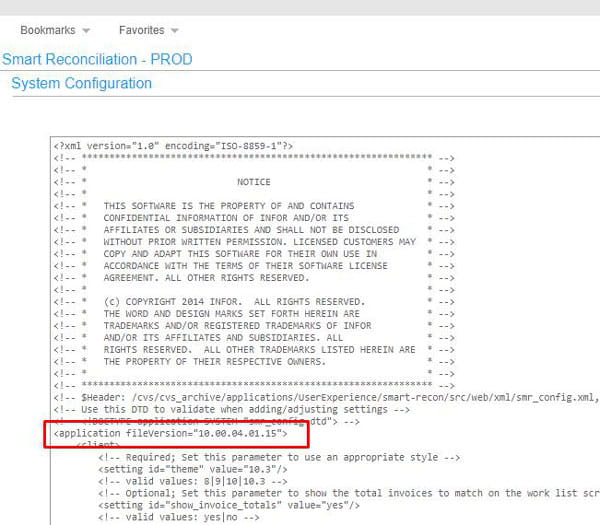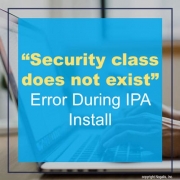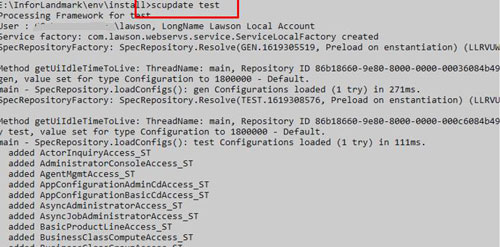Leading global supplier of drive components, SEG Automotive is in the midst of this transformation and is relying on Infor CloudSuite Automotive to take them there. The automotive industry is a fast moving environment with high speeds of transformation and increasing complexity in the networking of hardware and software are leading to the fact that established players have to change to survive in the market — in terms of their product portfolio, their processes, and their digital tools. Per the press release, SEG Automotive chose Infor CloudSuite Automotive as an essential part of its digital transformation to efficiently optimize and manage its business processes on a single global multi-tenant cloud platform. The automotive supplier’s cloud-first strategy enables the standardization of digital business processes to continuously make innovations and extensions available automatically. Further, Infor CloudSuite Automotive enables SEG Automotive to further develop the areas of Internet of Things (IoT) and machine connection and to use integrated EDI functions. Infor partner Merino Consulting Services is supporting the implementation at SEG Automotive locations worldwide. Go-live worldwide is planned by 2023 at the latest.

